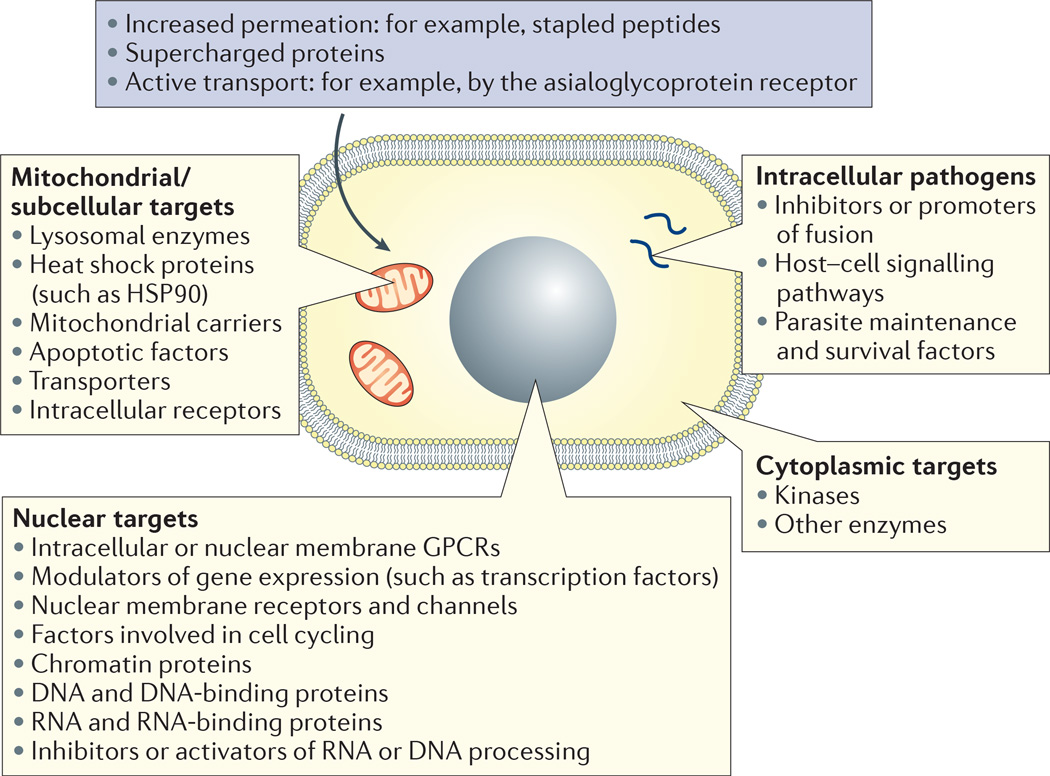Figure 6. A summary of intracellular targets for biopharmaceutical drugs.
The cell interior is the site of numerous potential drug targets where biopharmaceuticals may be attractive candidates provided they can be delivered successfully. Approaches to the intracellular delivery of biopharmaceuticals include increasing their membrane permeability (particularly in the case of peptides) and active transport via internalizing receptors on the cell surface, such as the asialoglycoprotein receptor on hepatocytes. Potential intracellular targets include those associated with mitochondria, the nucleus and the cytoplasm. Intracellular pathogens are another potential application. These include the liver stages of Plasmodium spp. mycobacteria in alveolar macrophages and associated granuloma, and amastigotes of Leishmania spp. in infected macrophages and various tissues including the liver and bone marrow. GPCR, G protein-coupled receptor; HSP90, heat shock protein 90.

